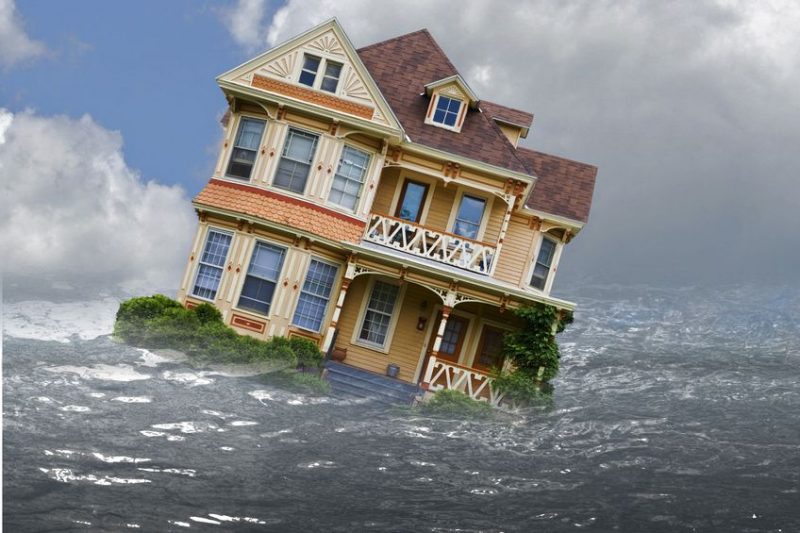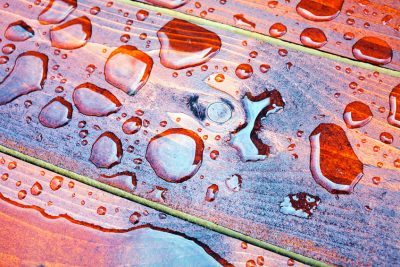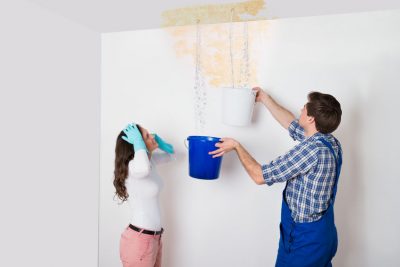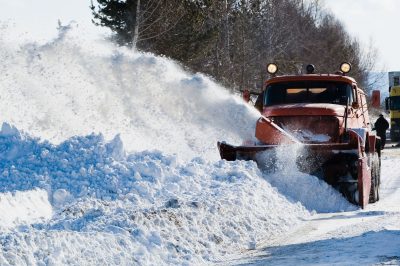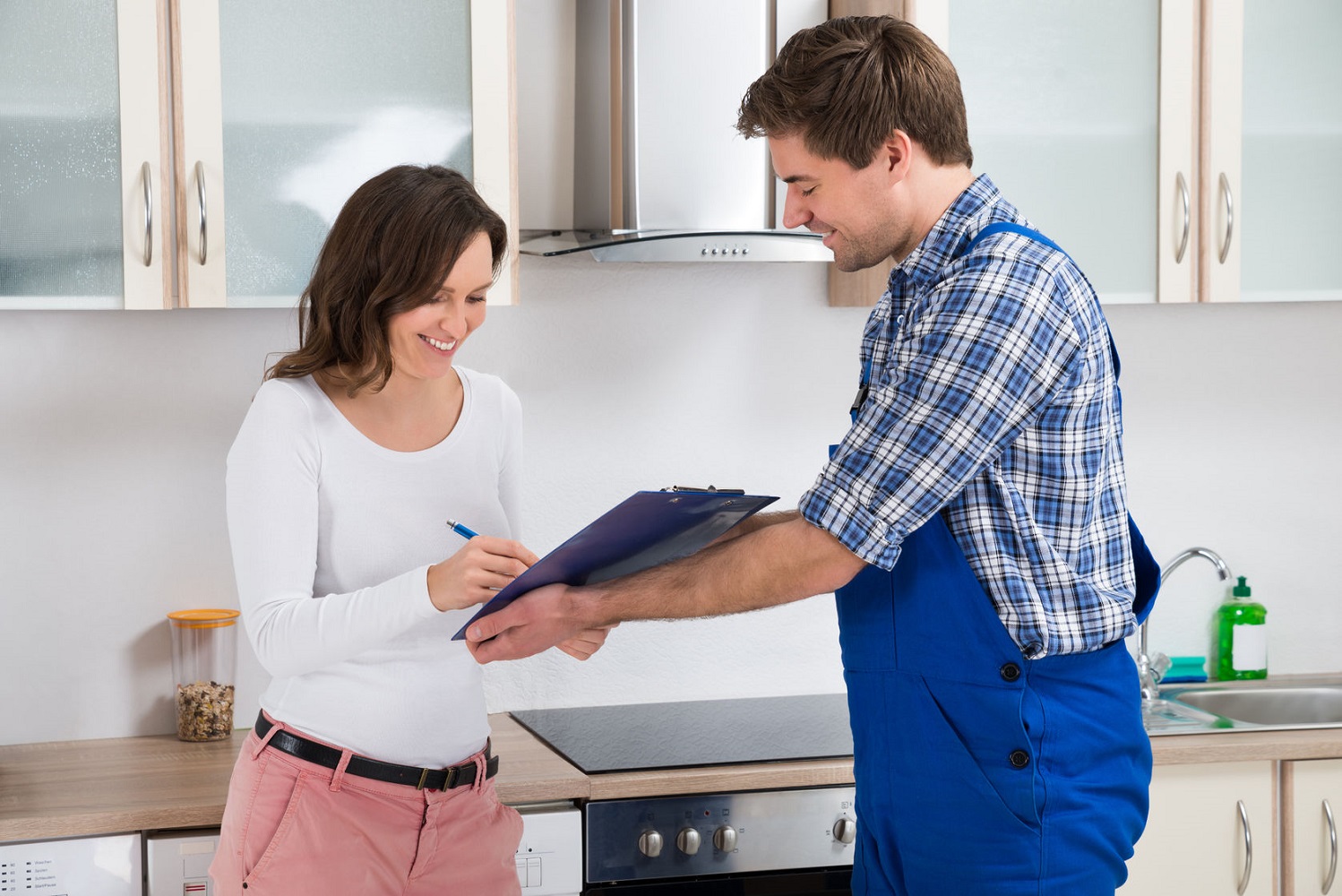Water damage can result from a slew of issues, from accidents in the home to acts of nature. Whether you have control over the culprit or not, water damage restoration is no small task. It requires some know-how to get the job done correctly without causing new issues like mold, structural breakdowns, and warped surfaces and possessions. While our team at REDS does not recommend going at water damage restoration alone, we do know it happens often.
Here’s what you need to know about the do’s and don’ts of DIY water damage restoration. And remember, if DIY isn’t working, get in touch with us today.
What to Do
If you’re tackling DIY water damage restoration, the first step you should take is to assess how to best dry out the space. We recommend using dehumidifiers to help the process along, as well as shop vacs to removing large amounts of water in the home. If there are items or materials that can be removed easily, like wet rugs, curtains, or small pieces of furniture, take these out of the area before attempting to remove water.
Always be sure to turn off the water flow if the water damage is the result of an accident or disaster within the home.
Additionally, it is helpful to open windows and doors to speed up the drying when possible. Taking this small step also provides more ventilation in the area, keeping you and your family in better health throughout the process. You also want to open drawers or doors of cabinets, furniture, and closets to aid in drying.
What to Avoid
When you go at water damage restoration alone, there are also several things to avoid to ensure your safety and the state of your property are intact. Do not use your household vacuum to remove excess water. It isn’t adequate in getting the job done because household vacuums are not made to take on water and still function properly. Also, avoid entering a space with standing water where the electricity is still on. You could put yourself in serious danger doing so!
Attempting to remove the water too quickly, especially from a basement area, can lead to other problems you may not immediately recognize. Damage to the foundation can take place if you drain water too fast, leading to costly issues in the future.
Also, do not try to tackle contaminated (sewer) water by yourself, as this could lead to health issues and spreading of bacteria throughout your home.
While you can get far in the cleanup process alone, if your restoration efforts aren’t working or new problems arise, it’s time to call in the experts. Our team at REDS knows what it takes to finish the job if DIY isn’t working, and we’ll help you assess the damage, come up with a plan of action, and complete the clean-up, dry-out, and restoration so you can get back to life as normal. Get in touch with us today for your water damage restoration needs when the job is too much to handle alone.


